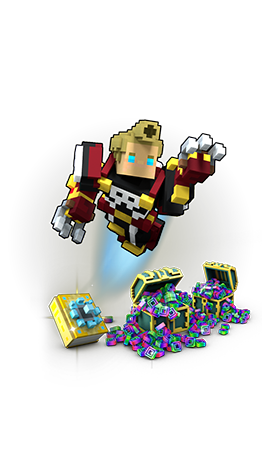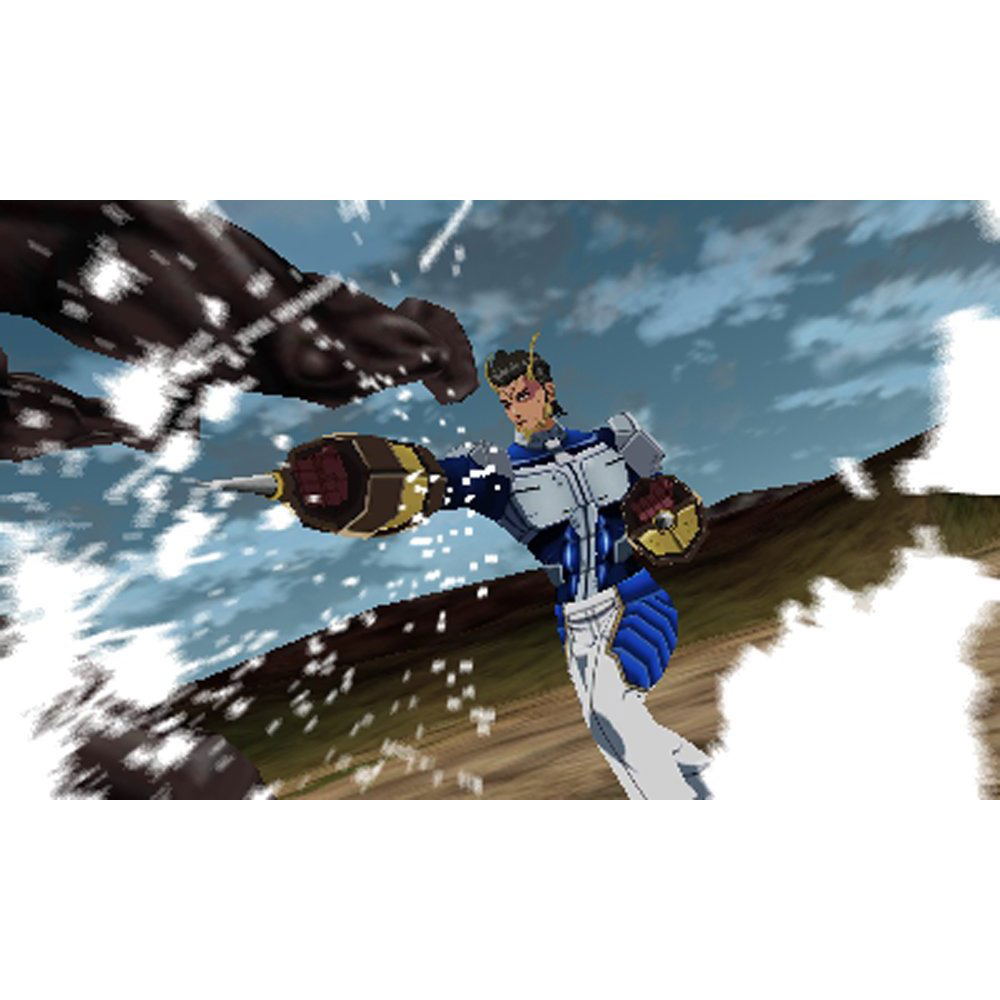

In the meantime, for your first steps as a terraformer, plant an oak.

Last but not least, allow me to humbly suggest my own Mercenary Calling for any space lawyers in need of a present. Ney-Grimm’s Tally Master for a treat, and Cedar Sanderson’s Cute Moose to the very youngest in your life. Give your Tolkien and Wheel of Time fans J.M. I loved it.ĭo you have Heinlein fans amongst your giftees, terrifying teenage girls, or just science fiction fans generally? Check out Sarah Hoyt’s Darkship Thieves, which I’ve recommended before over the years. We regulatory types have to be consistent.) It’s a book for all ages. (You regulatory lawyers will know that the comma before the AND means that all the enumerated children need to like Harry Potter, not just the neighborhood kids. Buy this one, too, for any terraformers, gardeners, and bird lovers you know.įor those of you with children, nieces, nephews, grandchildren, or neighborhood kids who look up from their phones to say hello, AND they like Harry Potter, Dave Freer’s Changeling’s Island is a winner. She also addresses the science, although not as in-depth as Tallamy.
#SUPER TERRAFORMERS FULL#
Where Professor Tallamy makes the case and provides useful recommendations, Sharon Sorenson’s Planting Native to Attract Birds to Your Yard is chock full of more practical advice, lists of native plants that feed birds (via berries, seeds, and feeding insects the birds eat), and excellent pictures. How are we going to terraform alien planets if we don’t have intact systems to export? As it is, I’ve spent a lot of time this year pulling non-native invasives like garlic mustard, stilt grass, and pachysandra. Like I said, I wish I’d known all this long ago. If we plant invasive non-natives like yellow iris, Bradford pear, and barberry, we’re destroying their habitats. So when we plant Japanese pachysandra, English ivy, and boxwoods here in North America, we’re starving the critters. Plants don’t want to be eaten and are full of toxins to protect themselves, but there’s someone out there somewhere who wormed its way into that ecological niche for that particular plant. I know this sounds nuts, but apparently it’s true. Well, I found my theory, and now I’m on the home team, too.Ī lot of insects, including the caterpillars that birds feed their babies, eat only one plant, the one they evolved with. I admit I bought this book because I was searching for a more comprehensive theory of terraforming alien worlds than the one I’d cobbled together for my science fiction. I’ve been gardening for a couple decades or more, and I wish I’d known long ago how important native plants are to the food chain. I’m here to help.įirst, for the terraformer on your list, I cannot recommend Douglas Tallamy’s Bringing Nature Home strongly enough. To fight the Terraformars' strength and agility, the members of the second and third expedition undergo genetic modification to inherit the characteristics of other organisms, only possible after having a special organ implanted inside their bodies with only a 30% chance of surviving the surgery.It’s that time of year again, when our thoughts turn to buying gifts for our loved ones with a sense of doom, panic, and utter terror.

As a third expedition is assembled, questions are raised about the true origin of the Terraformars and their connection with a mysterious disease that is afflicting mankind back on Earth. Decades later, a multinational expedition is sent to exterminate the mutated bugs and take control of the red planet only to be wiped out as well, except for two survivors who managed to return to Earth, with one of them swearing to one day return to Mars and avenge their fallen companions. The crew members are easily wiped out, but not before sending a transmission back to Earth. They came up with an efficient and cost effective plan of sending cockroaches and mold to the surface so that the mold would absorb the sunlight and purify the atmosphere, while feeding the insects whose corpses would help the mold spread throughout the planet.įive hundred years later, the first manned ship to Mars lands on the planet and the six crew members are attacked by giant mutated humanoid cockroaches with incredible physical strength later labeled as "Terraformars". In an attempt to colonize Mars, 21st century scientists were tasked with warming up the planet so that humans could survive on its surface.


 0 kommentar(er)
0 kommentar(er)
